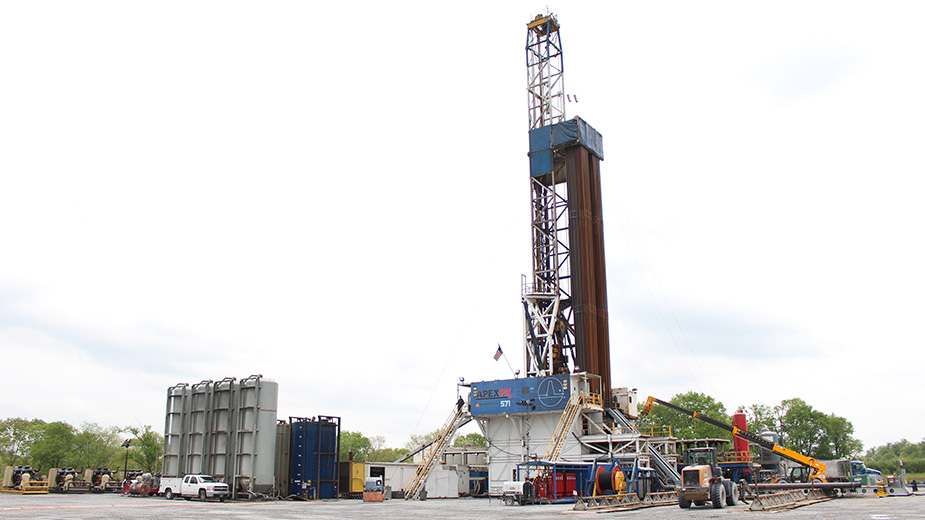Marcellus, Utica Account for 85% of Shale Gas Production Growth
WASHINGTON – The U.S. Energy Information Administration reports that natural gas from the Marcellus and Utica shale plays account for 85% of the growth in natural gas production across the country’s shale regions since 2012.
According to the EIA’s July Drilling Productivity Report, productivity of natural gas wells in the Marcellus and Utica plays is steadily increasing because of technological improvements in horizontal drilling and hydraulic fracturing.
These improvements include greater use of advanced drilling techniques, an increased number of states used in the hydraulic fracturing process, the use of “zipper” fracturing – an operation that simultaneously fracks two parallel horizontal wells – and the use of specific components during well completion that aid in increasing fracture size and porosity of the geologic formation.
The report provides a month-ahead look at natural gas production in the seven major shale plays in the United States.
New-well gas production per rig in the Marcellus shale – which encompasses Pennsylvania and West Virginia – stood at 3.2 million cubic feet of natural gas per day in January 2012. In July 2015, new-well production per rig is expected to climb to 8.3 million per day, the report found.
Overall natural gas production has also increased since January 2012. That month, the Marcellus produced an estimated 6.3 billion cubic feet per day of natural gas. In July 2015, that number stands at 16.5 billion cubic feet.
The Utica – most of which lies in eastern Ohio — has also experienced significant gains in rig productivity and gas production, the report says. In January 2012, new-gas well production per rig averaged 0.31 million cubic feet per day. In July 2015, it stands at 6.9 million cubic feet a day.
Total natural gas production is also up significantly since 2013, the report shows. In January 2013, the Utica produced 0.15 billion cubic feet of natural gas per day versus 2.6 billion cubic feet per day produced in July 2015.
Collectively, shale gas production from the Marcellus and Utica regions increased by 12.6 billion cubic feet per day from January 2012 to June 2015, “making these regions the driving forces behind overall U.S. natural gas production growth,” the report concludes.
Copyright 2024 The Business Journal, Youngstown, Ohio.


